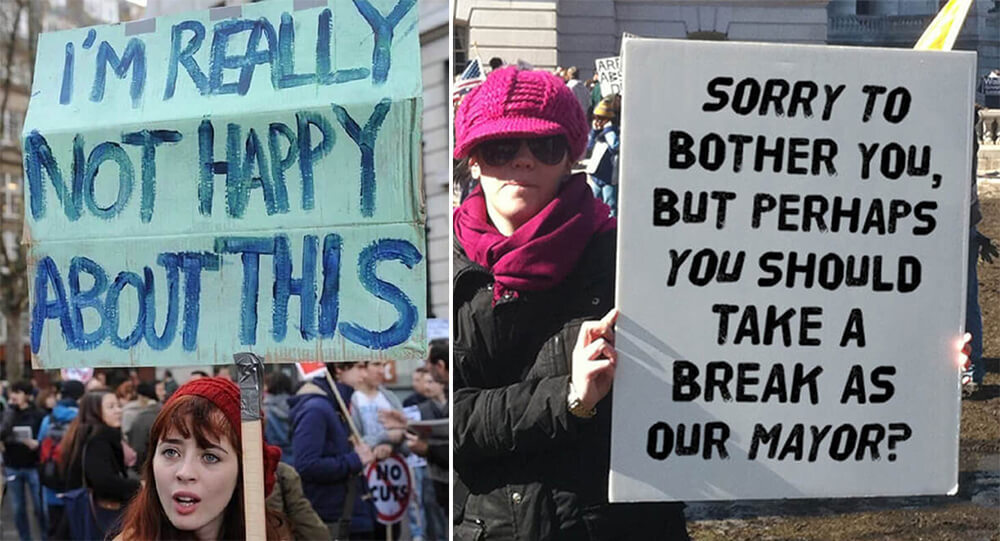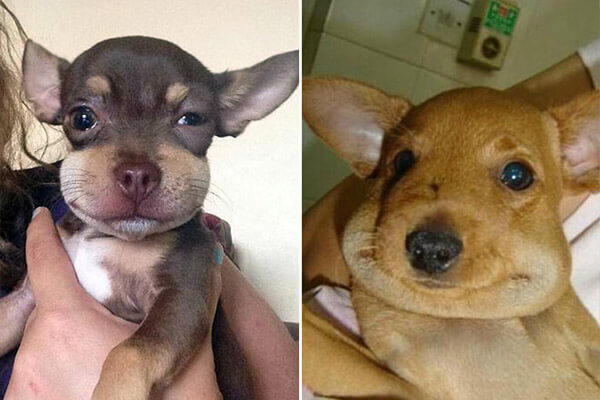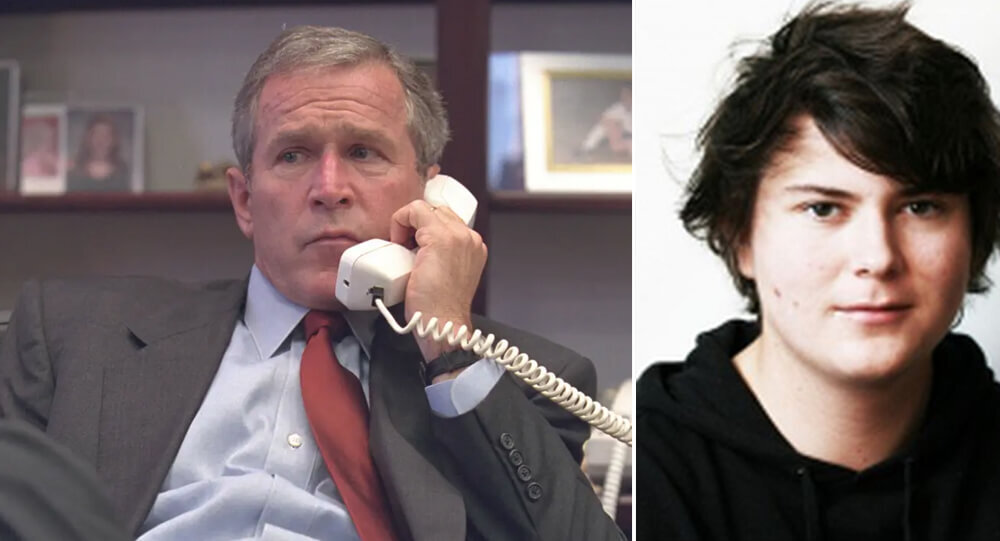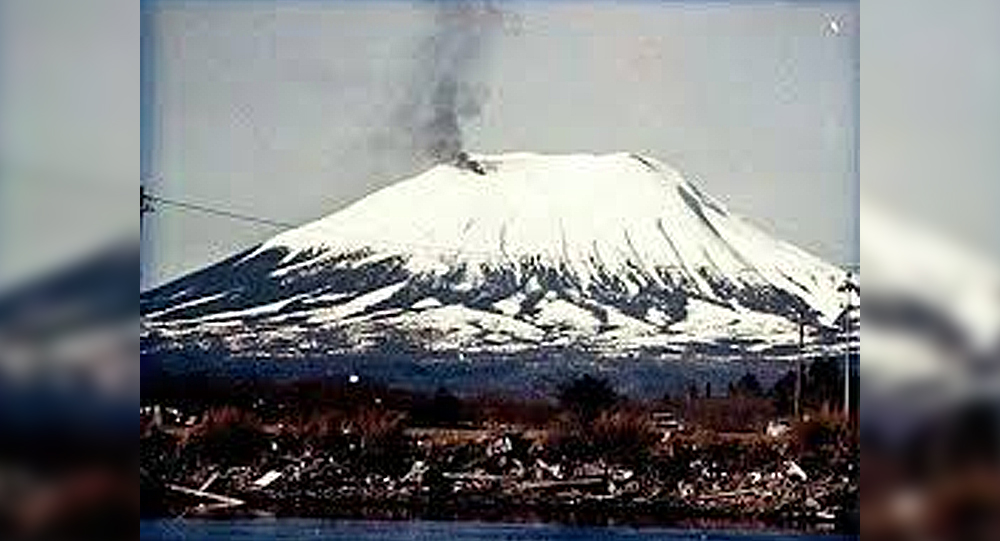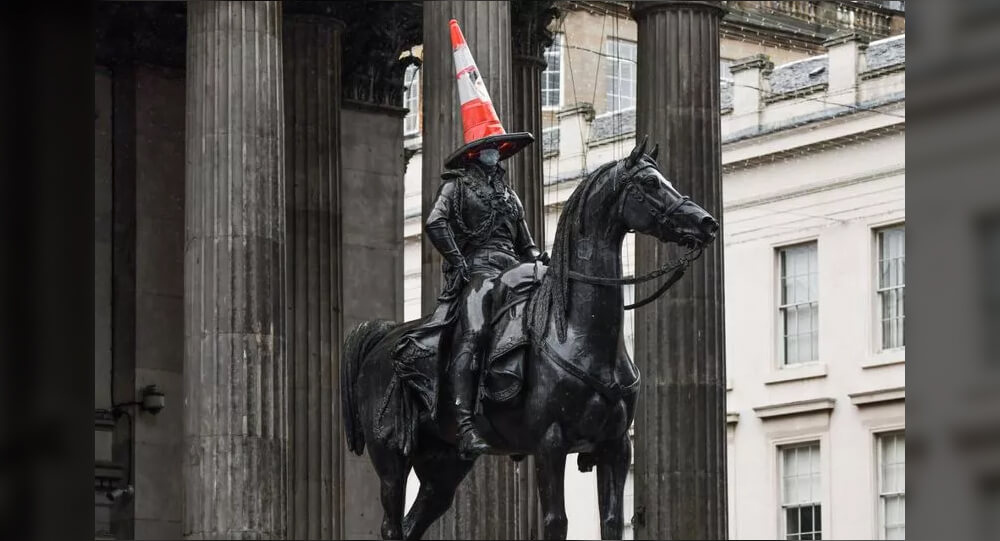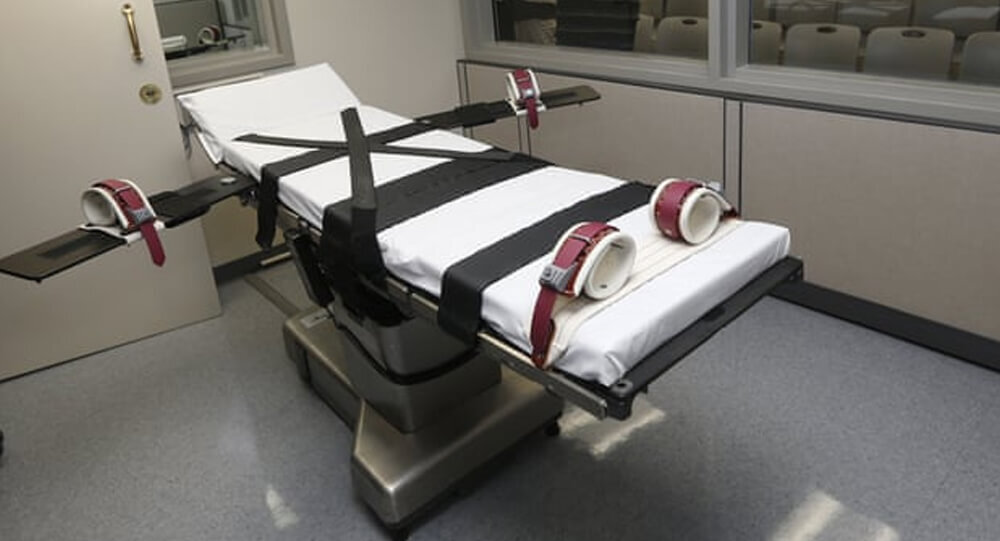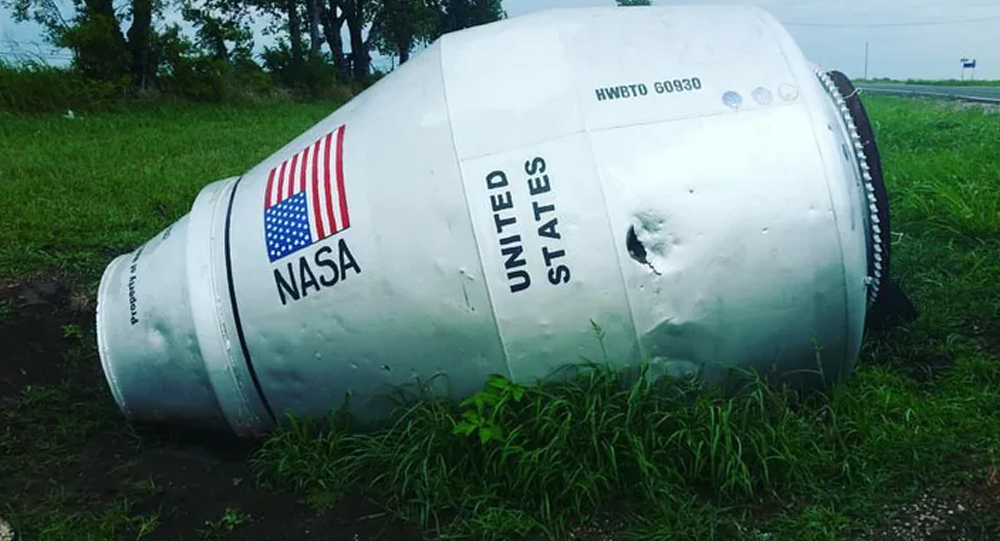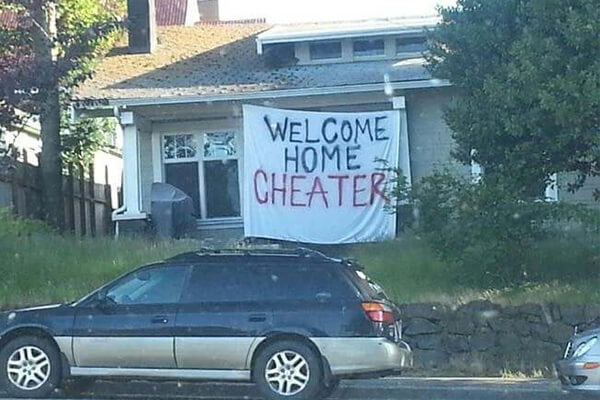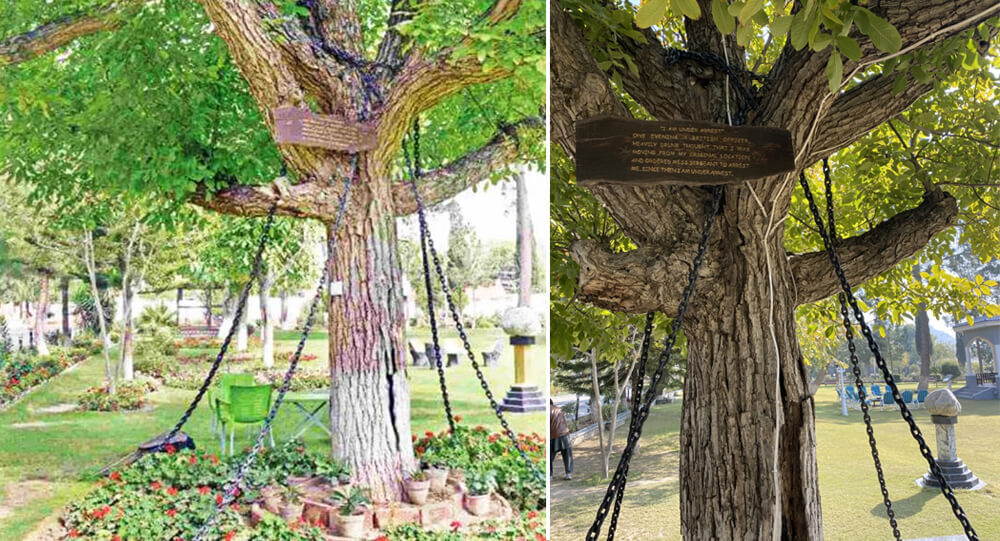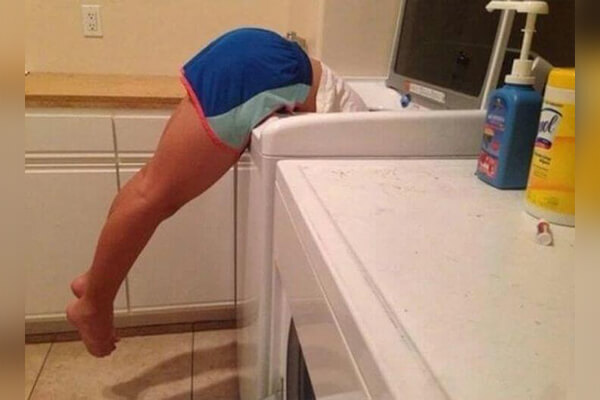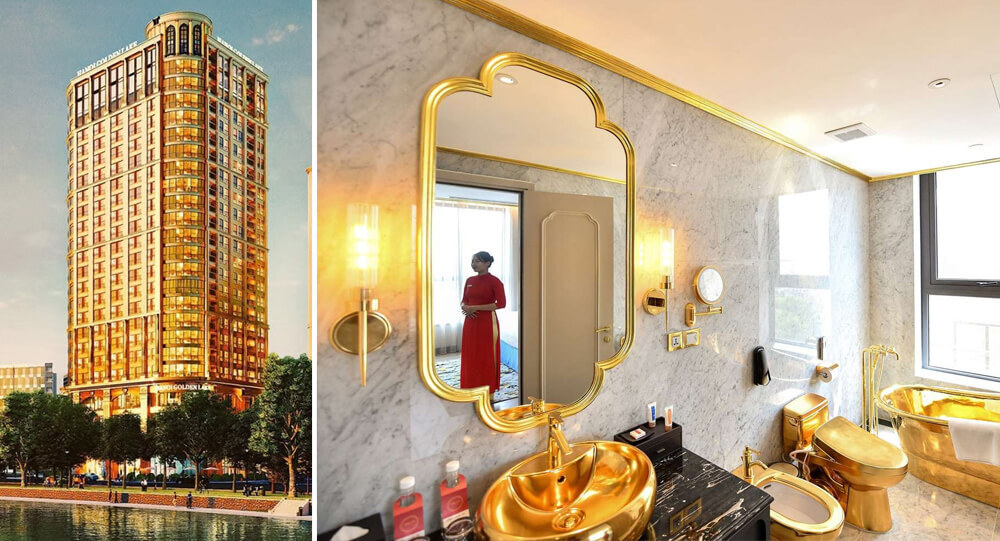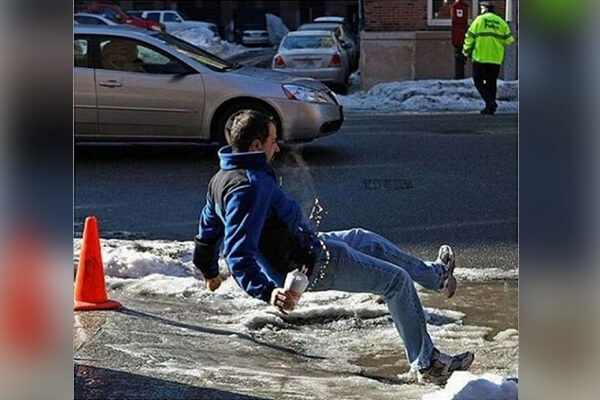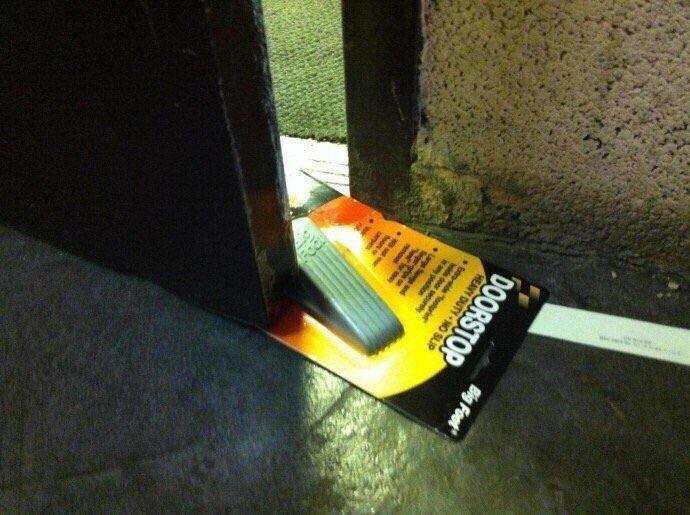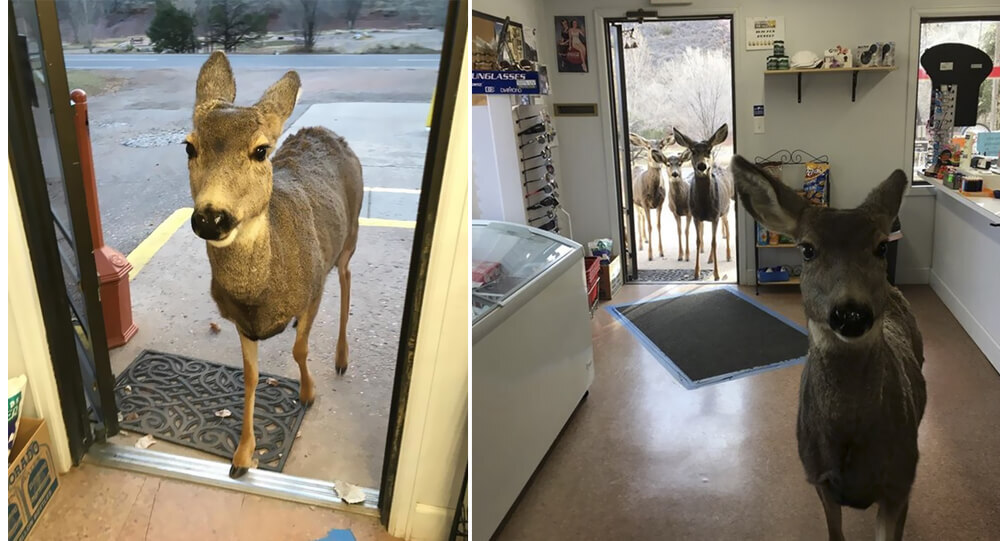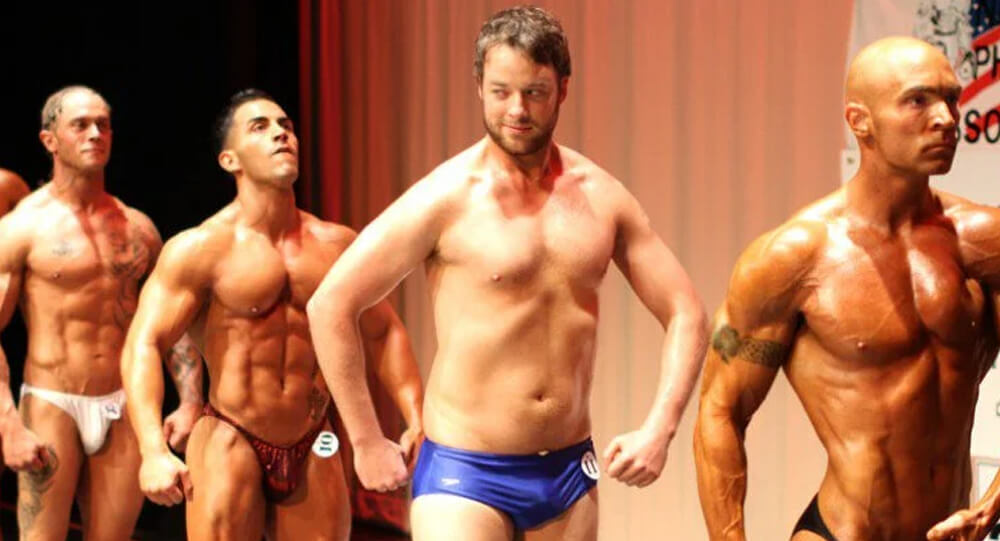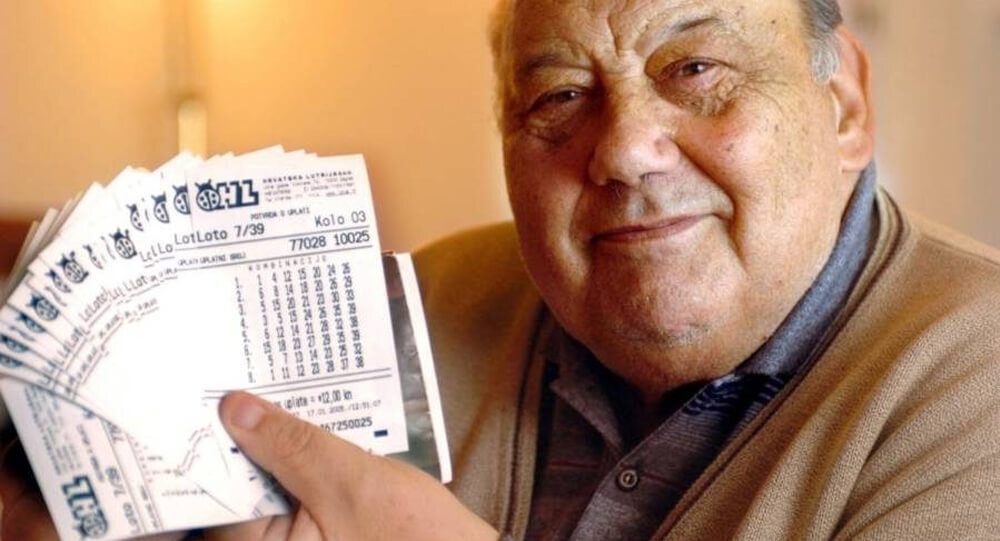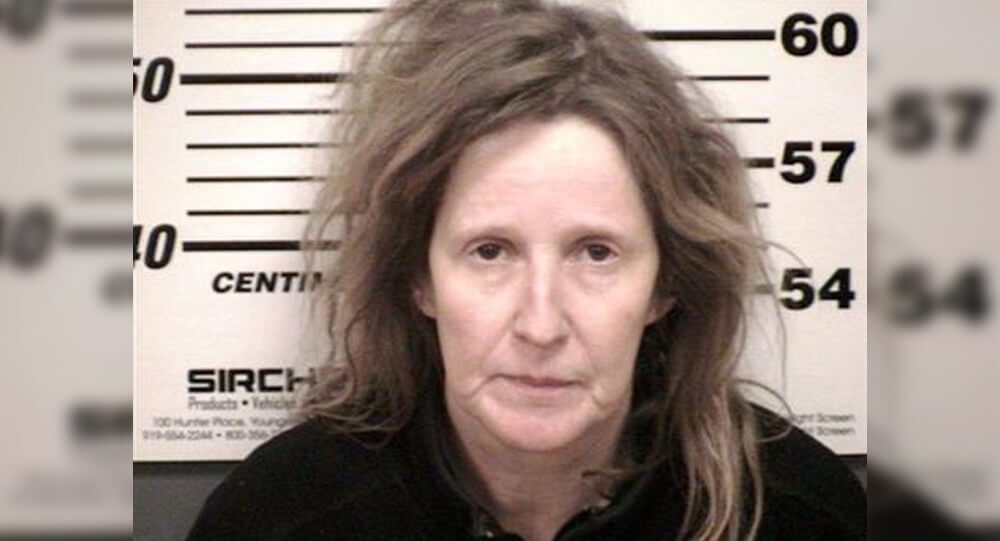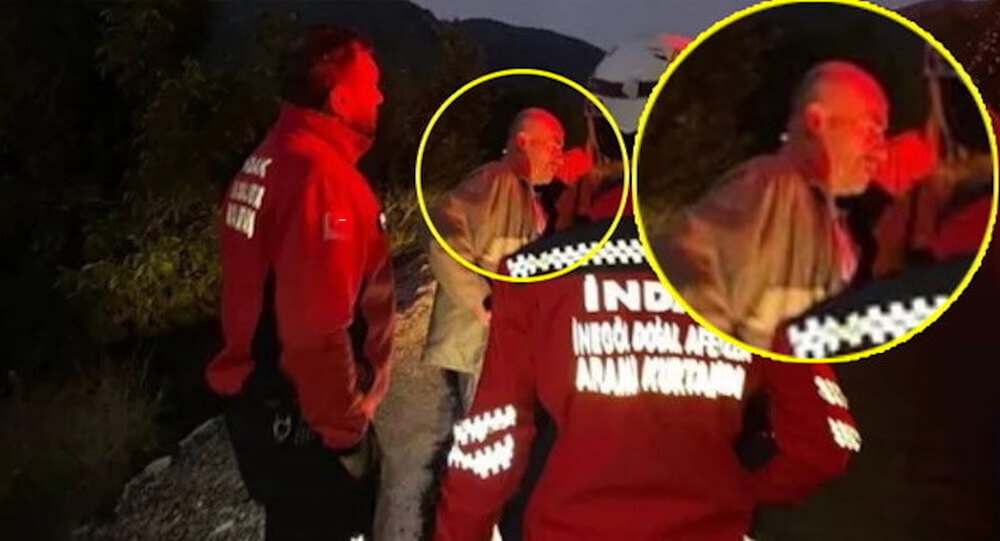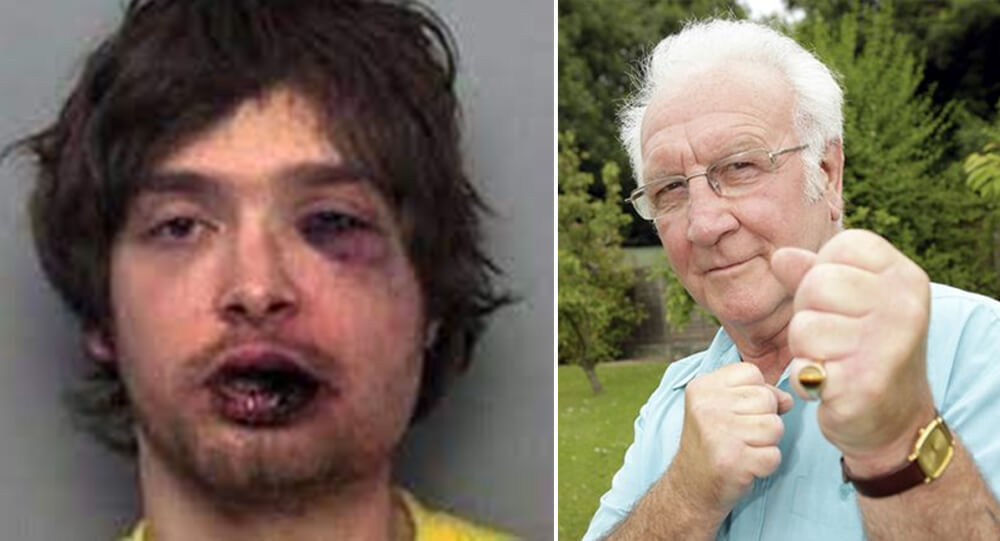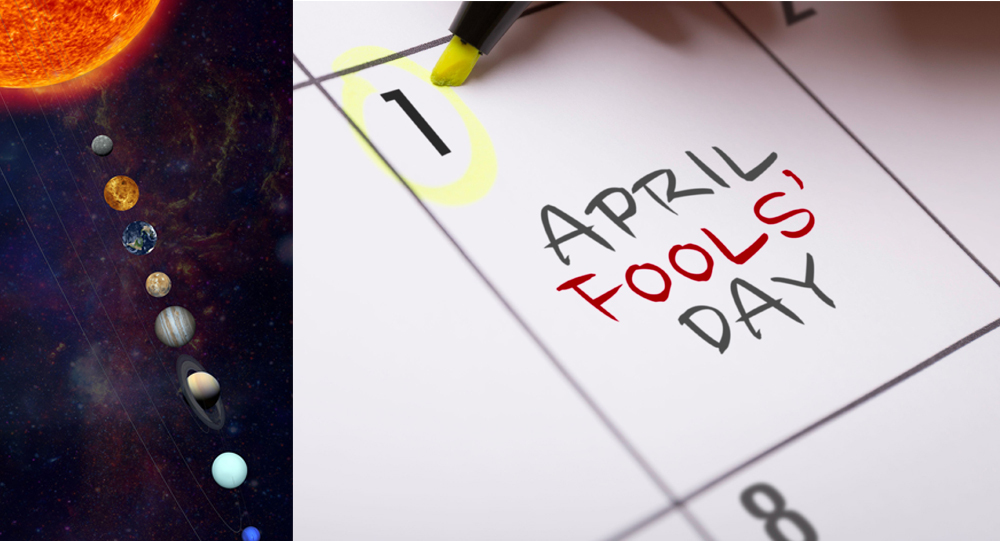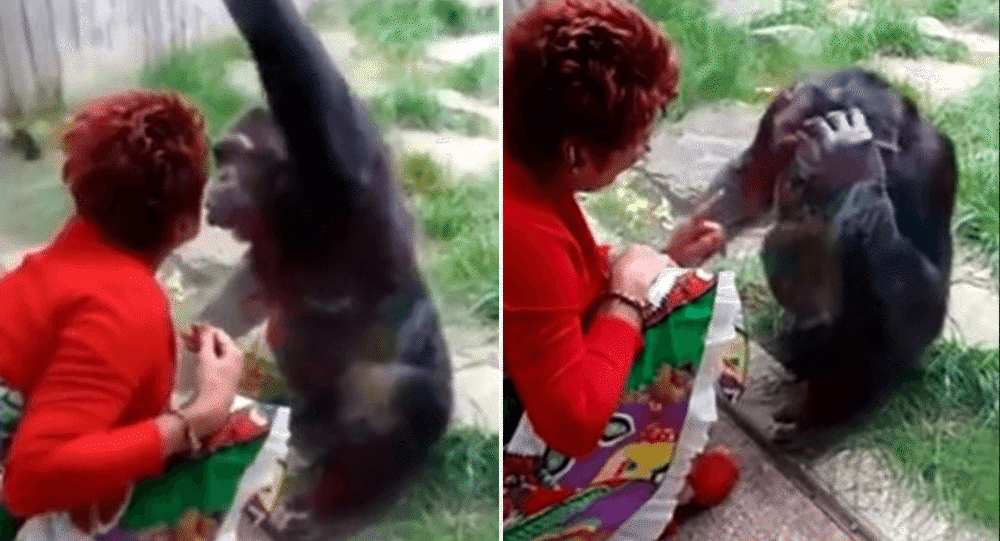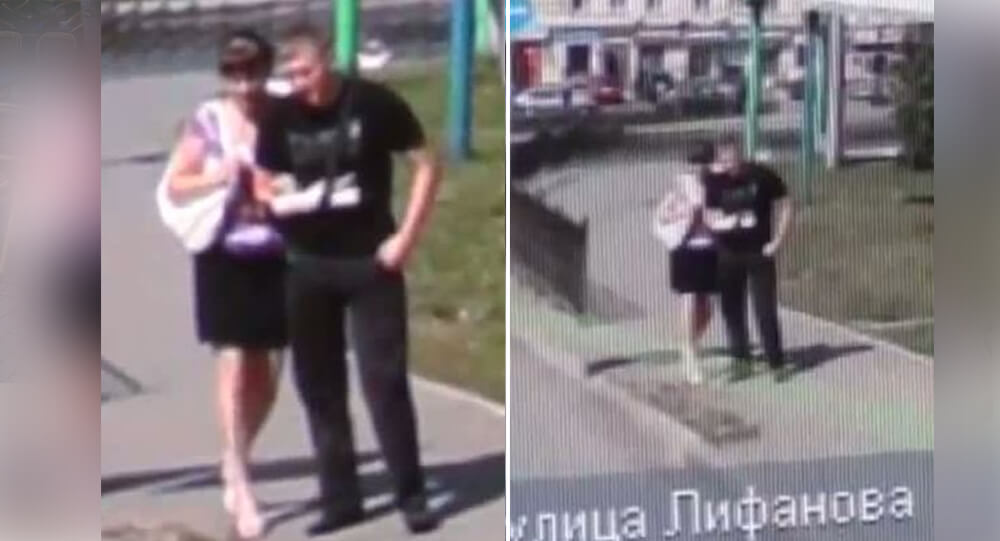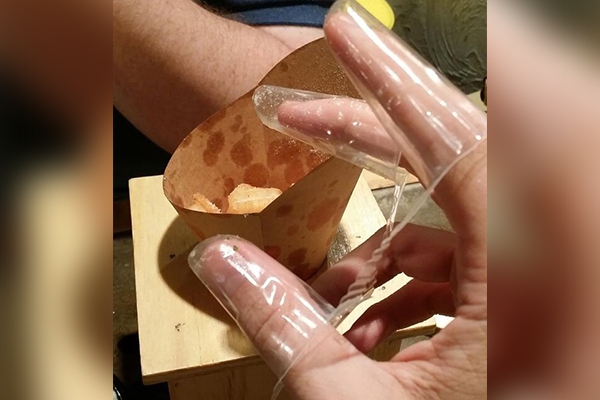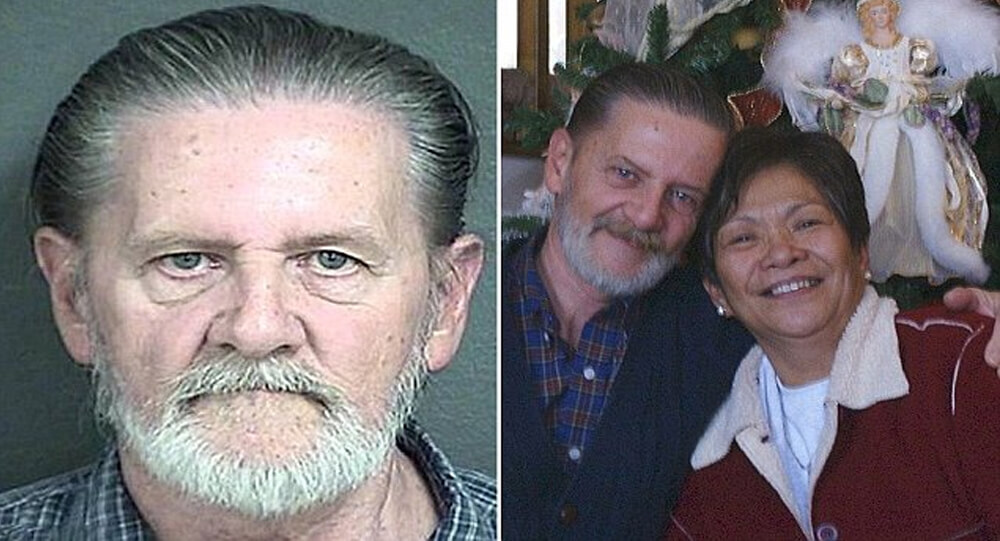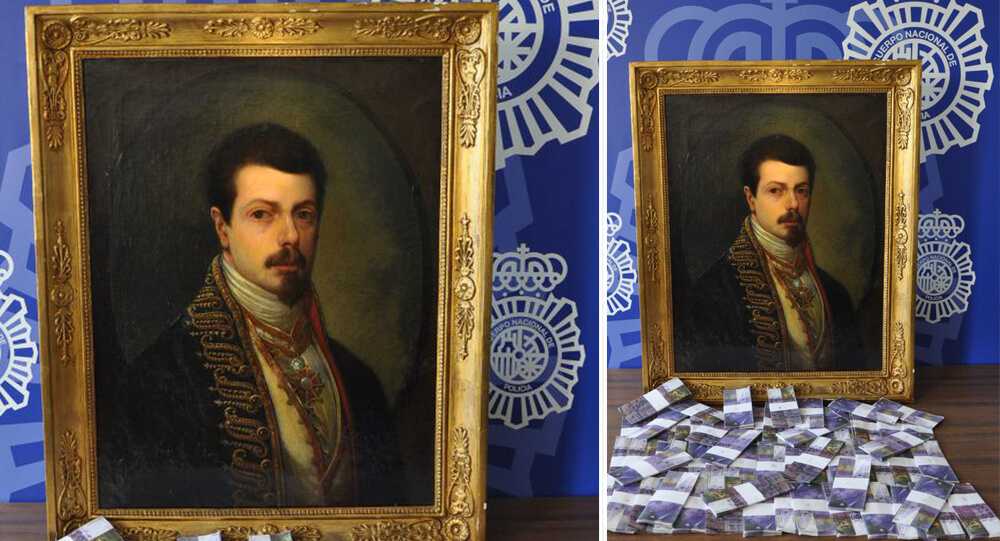
It’s been said that crime doesn’t pay, and this was especially true for two brothers from Spain who were aspiring con men.
The brothers tried to sell a counterfeit Goya artwork to an unsuspecting buyer in a failed scam that resembled an episode of White Collar gone wrong and were rewarded for their false painting with equally fake money.
The would-be sellers were two brothers from Girona, Catalonia, Spain, who bought a picture by Francisco de Goya in 2003 that they thought was real.
The painting was a portrait of Antonio Maria Esquivel, a Spanish artist. The picture, which measured 35 by 23 inches, arrived with a guarantee of authenticity, which the brothers trusted completely. This was their very first blunder.
Three years later, the picture was inspected by experts and determined to be a 19th-century counterfeit. A Girona court ruled that the brothers may keep the painting for the 20,000 euros they had put down on it rather than paying the full price agreed upon, which was 270,000 euros.
In 2014, the two men attempted to sell their forged artwork to a customer who was supposed to be a wealthy Arab Sheikh, using the same certificate of authenticity that had gotten them in. It was their second blunder.
The brothers sat on the picture for eight years before selling it for 4 million euros to an alleged Arab Sheikh in December 2014. According to artnet.com, an Italian middleman who was part of the “Sheikh’s” entourage organized the purchase and was meant to meet them in Turin to hand over the 1.7 million Swiss franc down payment for the art before they traveled to Switzerland. The middleman demanded that the brothers pay him a commission of 300,000 euros out of their own pocket.
According to the Independent, the brothers traveled to Turin to meet with the middleman after borrowing 300,000 euros for the commission. It was their third blunder. He delivered them the painting payment, and they ran it through a computer to ensure it was genuine — but the middleman must have switched it out before they got in Switzerland.
When the brothers sought to deposit the money they’d been given into a bank in Geneva, they realized it was counterfeit – photocopies of real francs. The Sheikh and the intermediary had both vanished by the time this happened. So the unfortunate duo had a loan of 300,000 euros, which was the only real money they had.
Image 1: When the brothers tried to deposit the funds they’d been given into a bank in Geneva, they discovered that the money in their possession was counterfeit – photocopies of actual francs. Photo Credit:
To add insult to injury, the men were detained at the border by French customs agents as they were leaving Switzerland, and the counterfeit money was discovered. Customs alerted Spanish officials, claiming the brothers were attempting to bring in 1.7 million counterfeit francs.
When the brothers returned to their home country, they were imprisoned for attempted fraud, and the money was confiscated. The painting was discovered in the brother’s residence by police, and it was confiscated as well.
The alleged buyer and the Italian broker vanished, as did the only genuine money involved – the money used by the brothers to pay the broker’s commission.
Surprisingly, depending on who manufactured it, the quality of the work, and the significance of the artwork, certain art forgeries can be extremely valuable. Some forgeries, according to CBS News, can be worth tens of thousands of dollars. Elmyr de Hory, a Hungarian forger, created numerous forgeries in the style of Modigliani.
He had trouble selling his own original works, but in the 1950s and 1960s, he was able to sell a lot of his forgeries. Some of his works are now worth tens of thousands of dollars.

Protest posters with a polite message
Protest happens when people think they need to go out to their houses and fight for their rights and end up in violence but not all protesters have bad posters and banners and in fact, some of them are very polite that you will realize you are not in a protest.

Photos of dogs who were stung by bees yet remained adorable
Flies are sky raisins, aren't bees jalapeno sky raisins as well? Please note: you are a terrible person if you laugh at this gallery, just kidding. Enjoy the photos of dogs who were stung by bees yet remained adorable.

In 2007, 16-year-old Iceland student calls Bush's secret number
In 2007, a boy from iceland got George Bush’s private number, pretended to be icelandic president, passed through several levels of security by answering questions he easily answered by consulting Wikipedia.

The Tire Volcano Prank: How One Man Fooled Alaska with a Fiery April Fools’ Day Stunt
There was a man so dedicated to April Fools, he flew hundreds of tires into a dormant volcano in Alaska and set them on fire. Fooling the local populace, and coast guard into thinking the volcano was active.

30 Epic And Funny Chinese To English Translation
China is a fascinating country to visit, and it will provide you with a wealth of wonderful memories and experiences. As an English speaker, however, you can be surprised by some of the incorrect translations you come across. Enjoy our collection, and let us know which one is your favorite by commenting on our Facebook page!

The story behind Glasgow's iconic Duke of Wellington statue and its well-known traffic cone hat
The city of Glasgow spends approximately £10,000 every year to remove traffic cones from the head of the Duke of Wellington statue. The Duke of Wellington statue, which first appeared in the early 1980s, has worn an orange traffic cone hat for decades. but how did it get there - and more importantly how did it stay?

Iranian inmate dies from happiness after finding out he will not be executed
An Iranian man who was convicted of murder reportedly died from happiness after learning that his death sentence was being commuted.

Abandoned Cement Truck in Oklahoma Transformed into Fake NASA Capsule
In the 1950s, a cement truck crashed near Winganon, Oklahoma, leaving its heavy mixer irretrievable and abandoned. Decades later, this rusted relic has taken on a new life—locals have painted it to resemble an abandoned NASA capsule, transforming a forgotten accident into a quirky roadside landmark full of history and charm.

People Who Got Their Sweet And Savage Revenge On Their Cheating Partners
Being a victim of cheating is incredibly painful, especially if you have devoted your entire life to them. Some will simply move on and accept reality, but others will seek revenge in a savage and humorous manner. I hope they have moved on with their lives, but here are some of the Best but savaged ways of revenge on their cheating partner.

In Pakistan, this banyan tree has been arrested since 1898
In Pakistan, a tree has been arrested and chained since 1898. When a British officer who was drunk assumed it was leaving its place, it was arrested. The tree, which is presently located on the grounds of the Pakistan Army's Landi Kotal cantonment, continues to attract visitors and locals everywhere.

Struggles That Only Short People Can Understand
While height is just an amount, some people wish they were taller. The main explanation for this is that certain basic aspects of daily life, such as reaching for the top shelf, turning off the lamp, or even getting into your own bed, can be very difficult. If you feel like you've gotten the short end of the stick in life, remember what they say: "Good things come in small packages."

Dolce Hanoi Golden Lake, The World's First Gold Plated Hotel
Dolce Hanoi Golden Lake is the world's first 24-karat gold-coated hotel, located in Hanoi, Vietnam. The exterior and interior of the 25-story building – even the toilets - were both decorated with 24-karat gold. Accommodation in the golden hotel begins at $250 per night.

11 moments that caught exactly before tragedy happened
There are unexpected moments, and some of them are not amusing. Even if you are careful, if fate is not on your side, you will end up with a not-funny failure, but when you capture it right before the tragedy, it is difficult to control your laughter. Here are 11 images that will undoubtedly make you laugh out loud.

30 Laziest But Smart People That Make Everyone Impress
If technology teaches us something, it is that people only use it for their own convenience. These photos of people who have mastered the art of being the laziest people alive often demonstrate how creative certain people can be in order to make situations easier for them. If something seems stupid but works, it is not stupid, is another phrase that can be found all over the internet. Please enjoy our list of the world's laziest people and make someone happy by sharing this with your mates! Is it just that these people are dumb, or do any of them have a brilliant simplicity concealed inside them?

Deer Walks Into Store To Check Their Goods, Comes Back Later With Her Kids
In 2017, a deer entered a Colorado store. An employee fed the deer a peanut bar in an attempt to get it to leave. The deer did leave, but later that day it returned with its entire family.

An unmuscular Australian comedian once won a bodybuilding competition
In 2011, Hamish entered the heavyweight division of the Mr. New York State bodybuilding competition as a joke and won.

World's Luckiest Unlucky Man: Frane Selak, who cheated death seven times
A man named Frano Selak escaped from a derailed train, a door-less plane, a bus crash, a car in flames, another 2 cars accident.. and then won £600,000 in the lottery, now he has given his lottery fortune by saying “money cannot buy happiness”

Susan Warren 'Cleaning Fairy': who broke into a house to clean get sentenced
A woman from Cleveland named Susan Warren was detained in 2012 after breaking into random homes, cleaning them, and then leaving a bill and her contact information. She broke in, cleaned the inside of the house with a vacuum and duster, washed a few coffee cups, removed some trash, and so on.

A man joins a search operation without realizing he is the missing person
Beyhan Mutlu, a Turkish national, was reported missing by local media and unintentionally joined search teams looking for himself in a forest. He was drunk and lost in the woods when he ended up in a group with others looking for himself.

24-year-old burglar beaten by retired boxer victim
A 24-year-old knife-wielding burglar attempted to get into the home of a 72-year-old senior in Oxford, England, in 2009, but was left battered, bruised, and pinned to the ground. Frank Corti, the elderly, turned out to be a former boxing champion.

The 1976 April Fools' Pranks, Planetary Alignment
On April fool's Day, 1976, the BBC convinced many listeners that a special alignment of the planets would temporarily decrease gravity on Earth. Phone lines were flooded with callers who claimed they felt the effects.

Belgian Woman Banned from Zoo After 4-Year Affair with Chimpanzee
A Belgian woman was banned from the zoo after having an affair with a chimp.

Woman Breaks Up with Fiancé After Finding Him with Another Girl on Russian Google Maps
In 2013, a woman in Russia caught her boyfriend cheating when she saw his photo with another woman while searching for an address using “street view”

12 Smart And Very Helpful Inventions From Countries All Over The World
There are inventions in countries all over the world that concentrate on minor details but have wide implications in human life. It would undoubtedly be immensely beneficial if used in all parts of the world.

Man who robbed bank to get away from wife sentenced to home confinement
In 2017, a 70-year-old man robbed a Kansas City bank, then sat down in the lobby waiting for the Police to arrive stating he’d rather live in jail than with his wife. He was arrested but rather than thrown in a cell he was sentenced to 6 months of home confinement.

